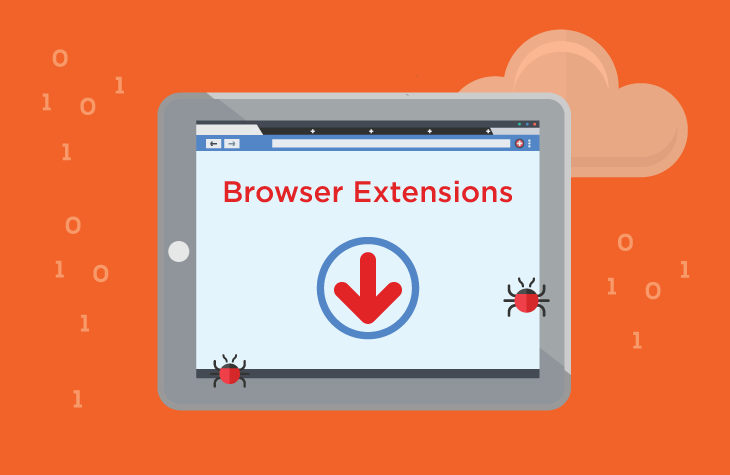In the ever-evolving landscape of cybersecurity threats, the emergence of malicious browser extensions like Pinnipedia raises concerns about user privacy, system security, and potential financial risks. Discovered during routine inspections of dubious websites, Pinnipedia exhibits browser management capabilities coupled with intrusive data-tracking features. In this detailed guide, we unravel the actions, consequences, detection names, and effective removal strategies associated with the Pinnipedia browser extension.
Understanding Pinnipedia
Nature of Pinnipedia:
Pinnipedia is categorized as a malicious browser extension designed to infiltrate and manipulate Google Chrome and Microsoft Edge browsers. Disguised within deceptive installation setups promoted by dubious webpages, Pinnipedia exploits browser vulnerabilities to exert control over app settings, extensions, themes, and other crucial configurations.
Browser Management Capabilities:
This malicious extension leverages the “Managed by your organization” feature inherent in Chrome and Edge browsers. By activating this feature, Pinnipedia ensures persistence and gains enhanced control over the affected browser, potentially serving as a mechanism for further infections.
Data-Tracking Abilities:
Pinnipedia goes beyond mere browser manipulation, exhibiting data-tracking capabilities. The extension can clandestinely access and extract sensitive user information, including URLs visited, search queries, cookies, usernames, passwords, and other personally identifiable details. This harvested data may be exploited, shared, or sold to third parties, posing severe privacy risks.
Detection Names for Pinnipedia
- ESET-NOD32: Win32/DragonBossSolutions.B Potentially
- Kaspersky: Not-a-virus:HEUR:AdWare.Win32.WebCom
- Rising: Adware.WebCompanion!8.171BF (CLOUD)
- Zillya: Adware.WebCompanion.Win32.23
- ZoneAlarm by Check Point: Not-a-virus:HEUR:AdWare.Win32.WebCom
Symptoms of Pinnipedia:
- Activation of the “Managed by your organization” feature in Chrome or Edge.
- Decreased Internet browsing speed.
- Slower overall computer performance.
Consequences and Potential Risks
- System Infections: Pinnipedia’s manipulation of browser settings may open avenues for further malware infections.
- Privacy Issues: The extension’s data-tracking abilities pose severe privacy risks, exposing users to potential identity theft and unauthorized use of sensitive information.
- Financial Losses: Pinnipedia’s actions may lead to financial losses, especially if sensitive financial details are compromised.
Removal Guide for Pinnipedia
1. Manual Removal Steps:
- Browser Extensions:
- Identify and remove the Pinnipedia extension from browser settings.
- Managed by your organization:
- Deactivate this feature in affected browsers.
2. System Cleanup:
- Run Full System Scans:
- Employ reputable security software to conduct thorough scans for any remaining traces of Pinnipedia.
Best Practices for Prevention
- Exercise Caution During Installations: Avoid downloading software from dubious websites and scrutinize installation prompts for bundled adware.
- Regularly Update Browsers: Keep browsers updated to patch vulnerabilities that could be exploited by malicious extensions.
- Educate Users: Raise awareness about the risks of installing unfamiliar browser extensions and the importance of secure browsing practices.
- Security Software Utilization: Employ reputable security software to provide real-time protection against adware and other malware.
By following these removal and prevention strategies, users can fortify their browsers against the invasive actions of extensions like Pinnipedia. Vigilance, regular system checks, and adherence to secure browsing practices are paramount in safeguarding against unwanted and potentially harmful browser extensions.





